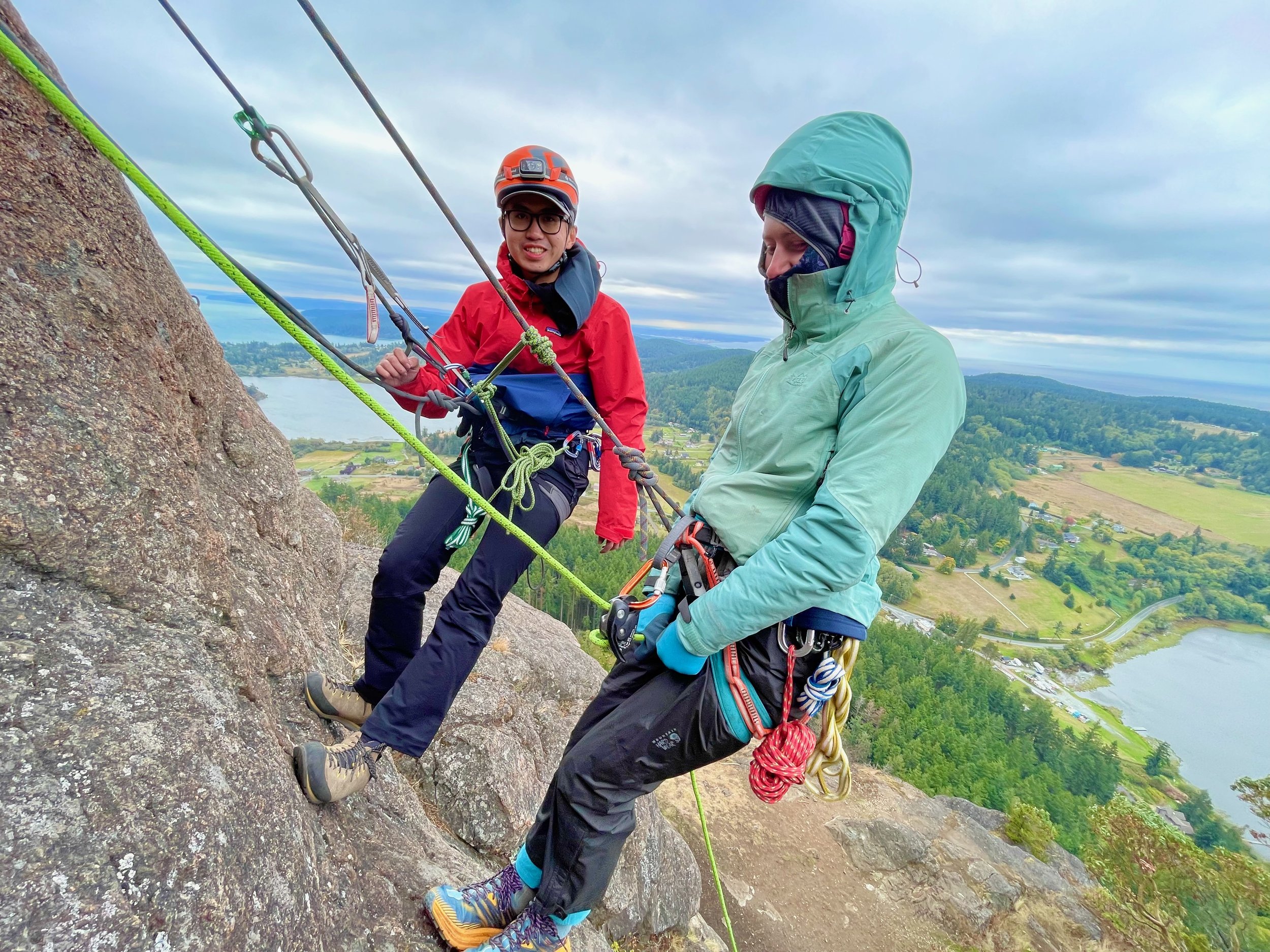
Level up your rescue skills before your next big adventure!
Whether you are planning for your big-ticket climbing trip or you just want to be ready for anything climbing season might throw your way, having some self-rescue skills under your belt is a huge asset to any climber. Self-rescue gives you that special set of tools, so that when your climbing partner asks you “What if…?” you will be ready with an answer!
This clinic is a skills-heavy, 2-day class that covers everything from belay escapes to rescue rappels. It is meant to be a hands-on class where students spend as much time as possible building and managing rescue systems. With a combination of ground school and real, on-wall drills, this course prioritizes introducing you to the crucial skills you need to tackle the next big climb on your tick list with a little more peace-of-mind.
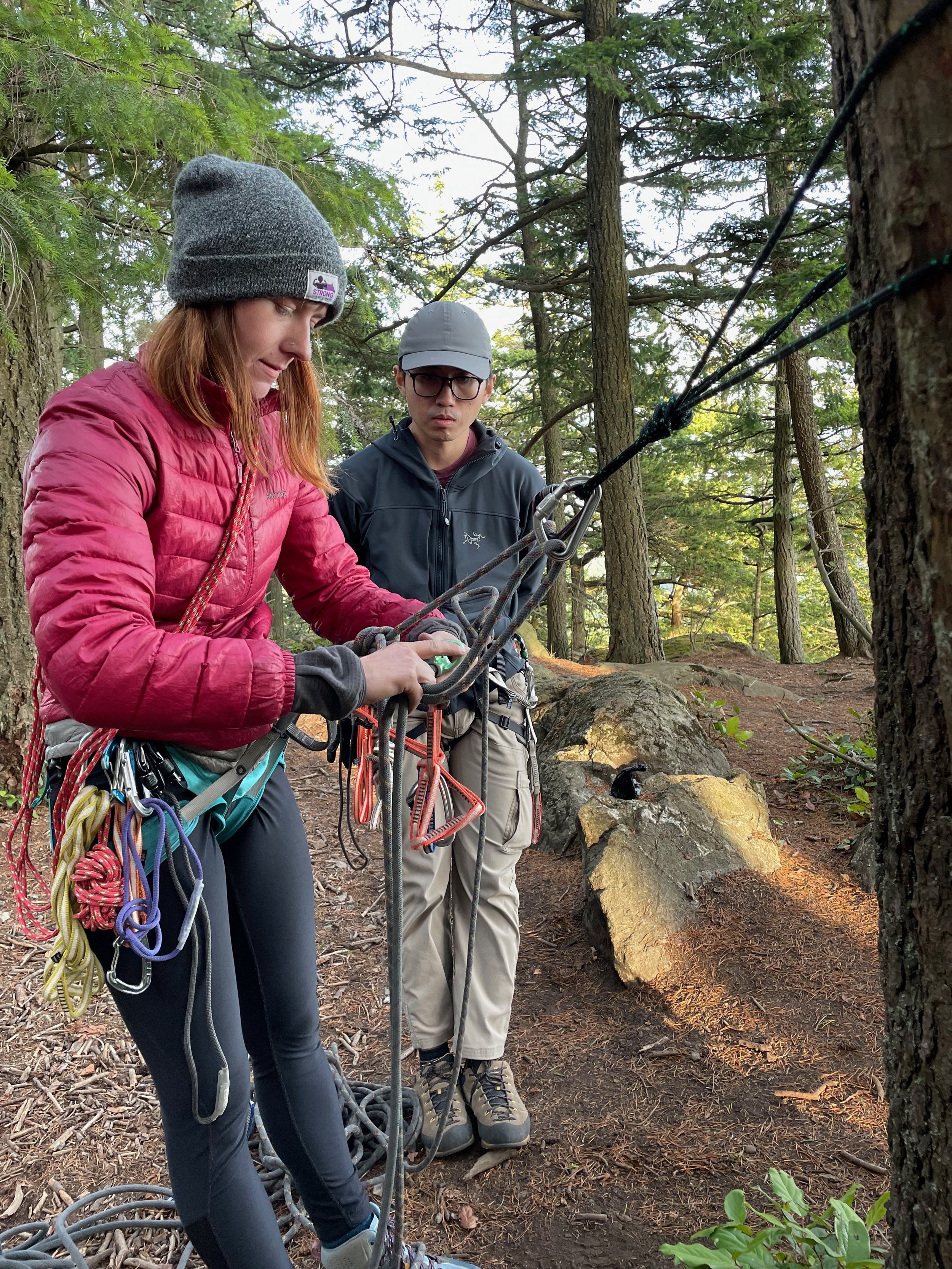
Trip Stats
Duration: 2 days
Location: Index, WA or Mt. Erie, WA
Cost: $500
Max Guide–Guest Ratio: 4:1
Skill Level: Intermediate
Fitness Level: 2/5
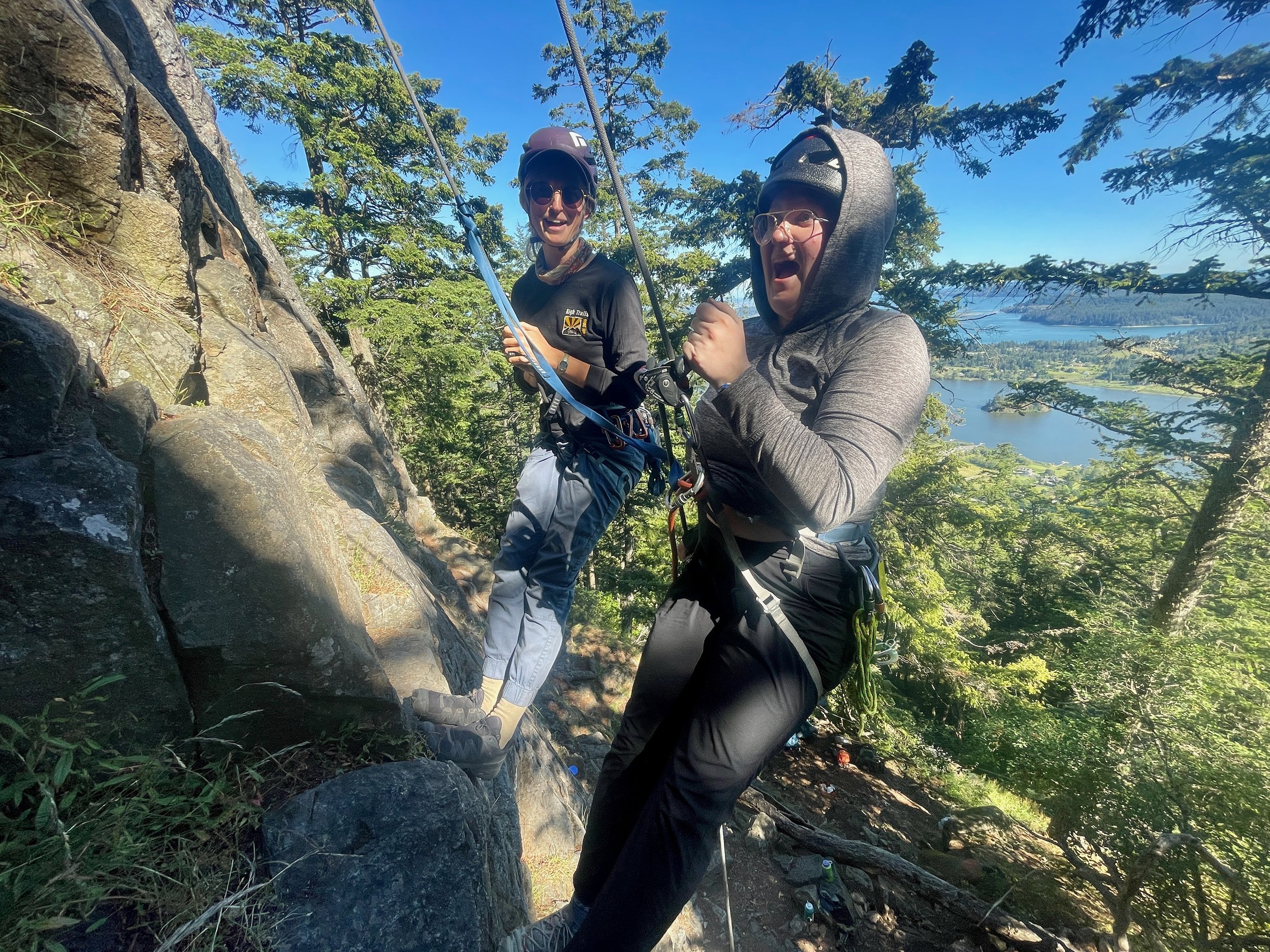
Itinerary
Day 1: Pre-rescue techniques inside a belay system; rescue hitches; ground school introduction to “baseline,” haul systems, fixed line rappels, ascension systems, hauling systems, and rescue rappel systems
Day 2: knot passes; on-cliff application of skills learned on Day 1
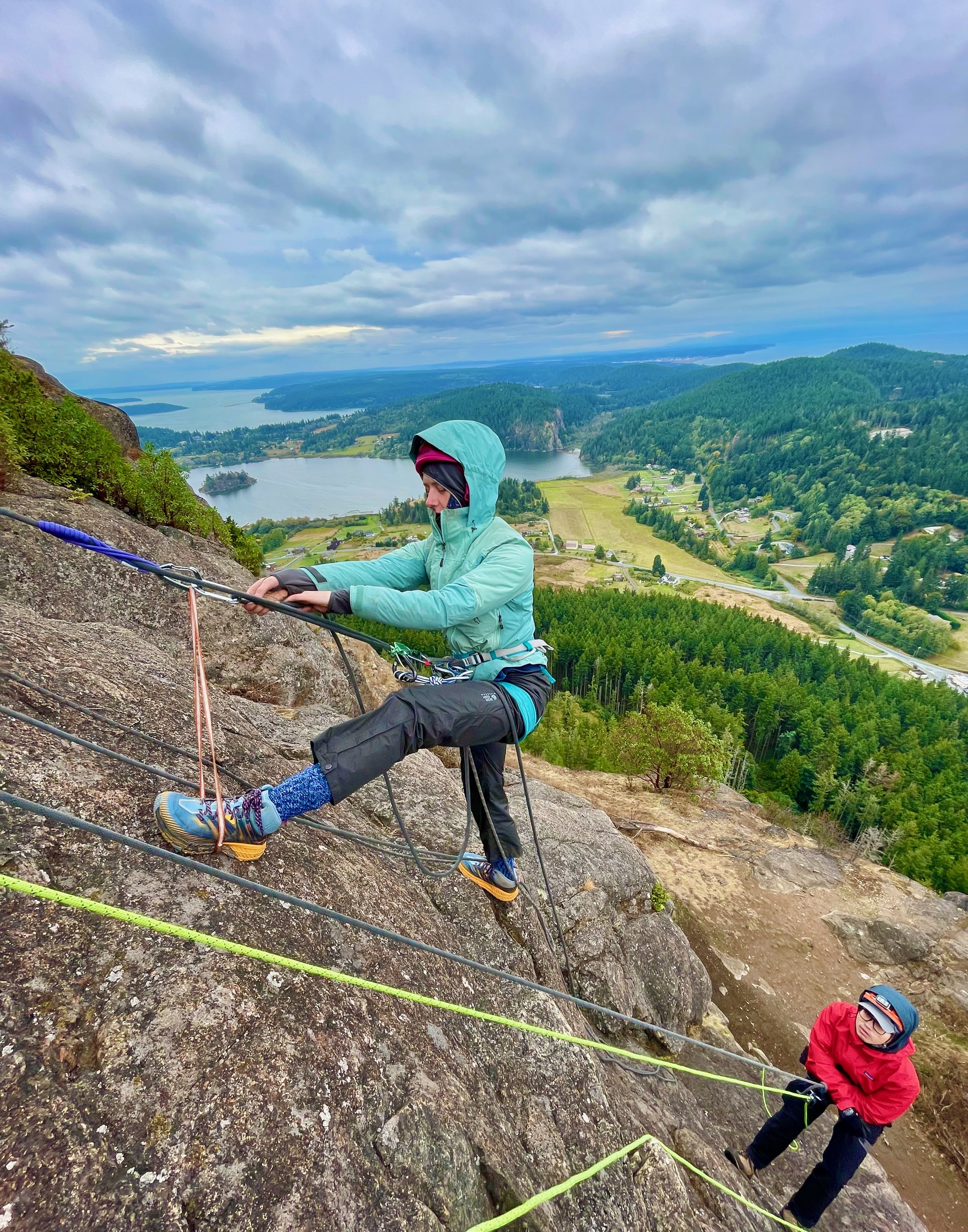
What skills do you need?
experience placing traditional climbing equipment
familiarity with climbing knots used in single and multipitch climbing
multipitch climbing experience at any grade
you have tried lead climbing in a trad climbing setting
Looking for another class to get you ready for this one? Try these!
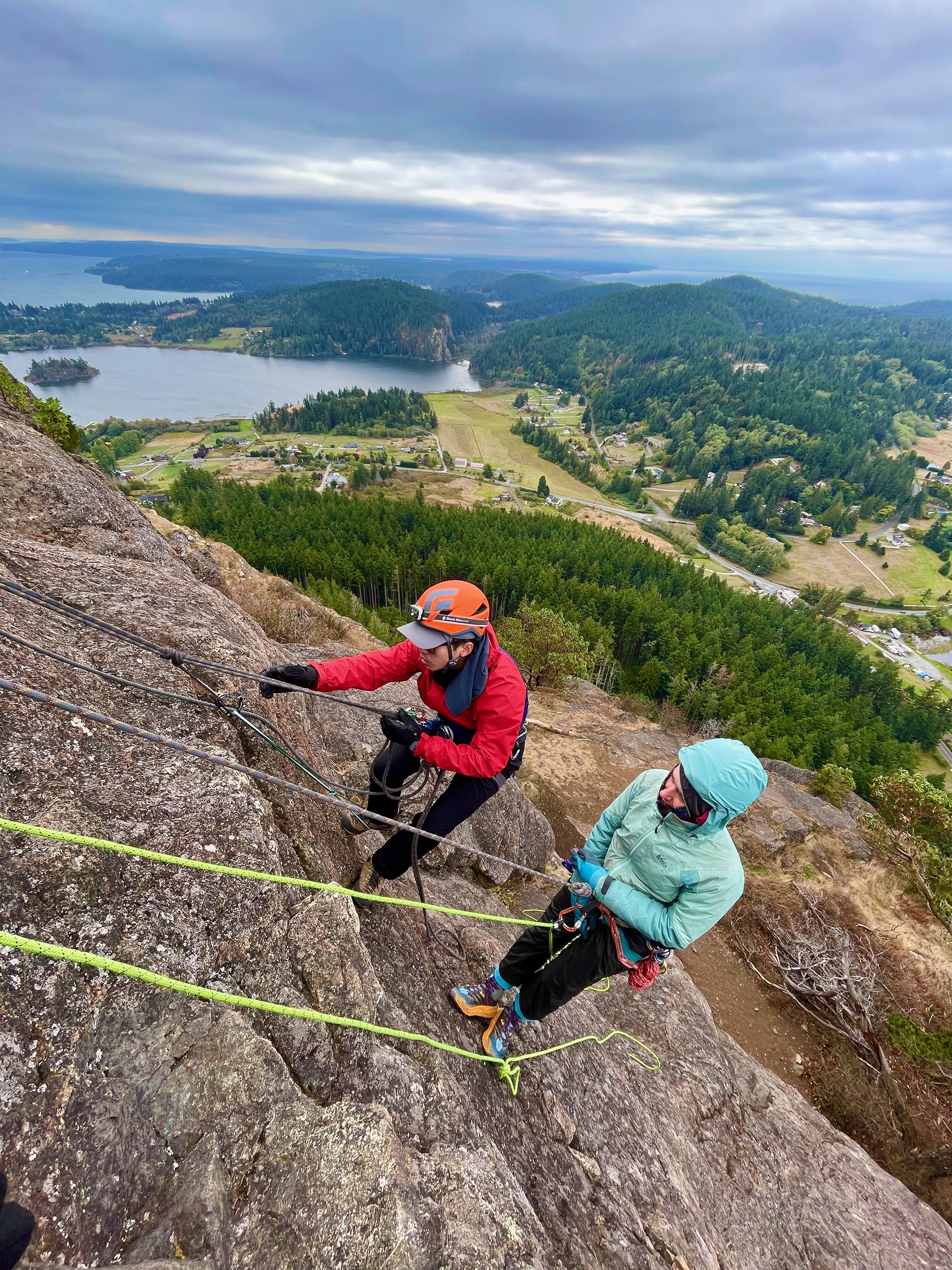
Other Trip Info
What is included in the trip?
2 days of instruction from an AMGA-certified Rock Guide
climbing ropes and equipment for backup systems during on-cliff drills
What is NOT included in the trip?
meals and snacks
lodging
Gear
guests should bring their own personal multipitch climbing kit, including a harness, 6-7m anchor cordelette, 2 prusiks, 2 120cm. slings with non-locking carabiners, 2 extra non-locking carabiners, at least 5 locking carabiners, and a guide-style belay device